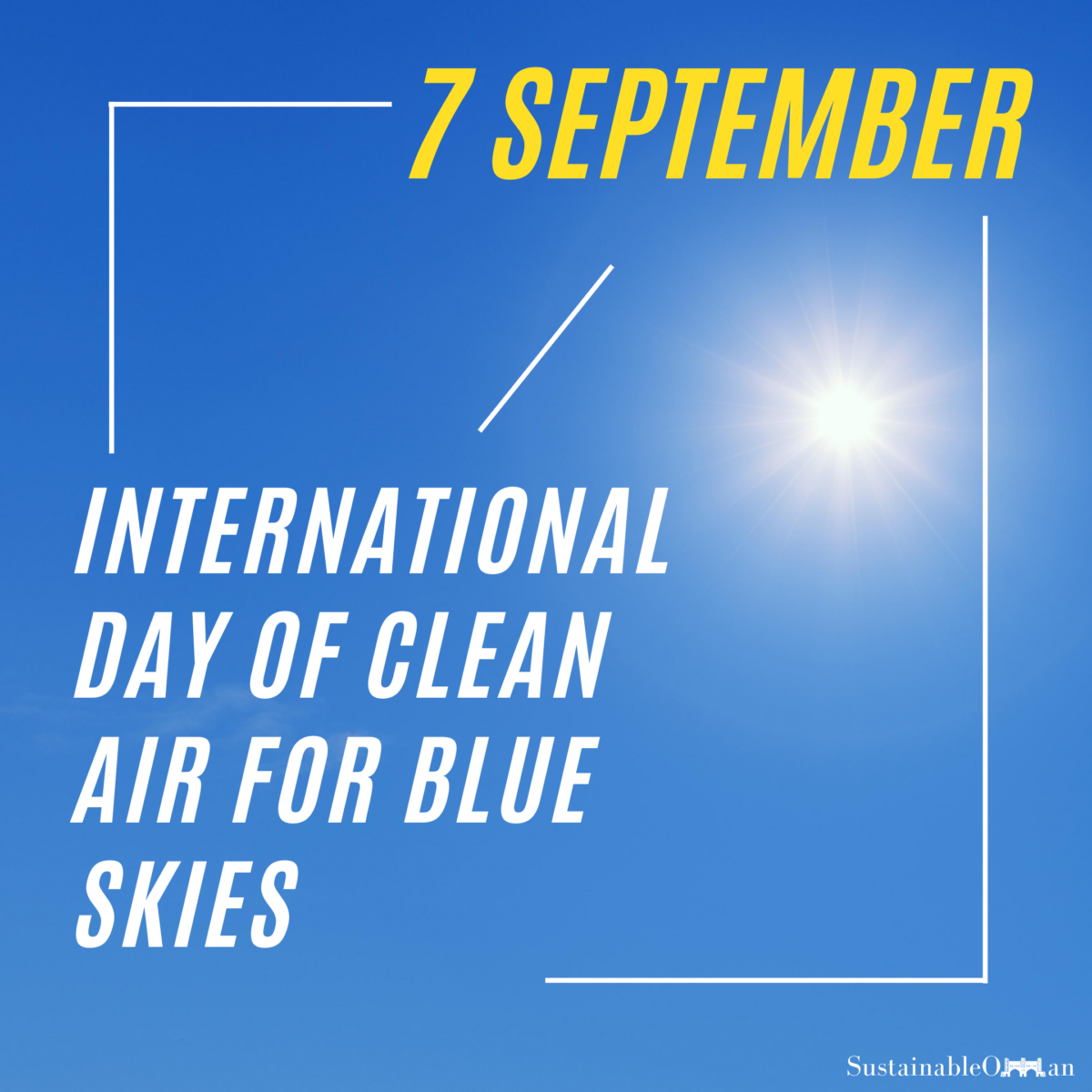A two-fold problem
Health impact: tiny, invisible particles of pollution penetrate deep into our lungs, bloodstream and bodies. These pollutants are responsible for about one-third of deaths from stroke, chronic respiratory disease, and lung cancer, as well as one quarter of deaths from heart attack. Ground-level ozone, produced from the interaction of many different pollutants in sunlight, is also a cause of asthma and chronic respiratory illnesses.
Climate impact: short-lived climate pollutants (SLCPs) are among those pollutants most linked with both health effects and near-term warming of the planet. They persist in the atmosphere for as little as a few days or up to a few decades, so reducing them can have an almost immediate health and climate benefits for those living in places where levels fall.
Clean Air and Sustainable Development Goals
In the outcome document of the United Nations Conference on Sustainable Development, entitled “The future we want,” countries committed to promoting sustainable development policies that support healthy air quality in the context of sustainable cities and human settlements. Also, the 2030 Agenda for Sustainable Development, which outlines a road map to achieving sustainable development, environmental protection and prosperity for all, recognizes that air pollution abatement is important to the attainment of the Sustainable Development Goals.


